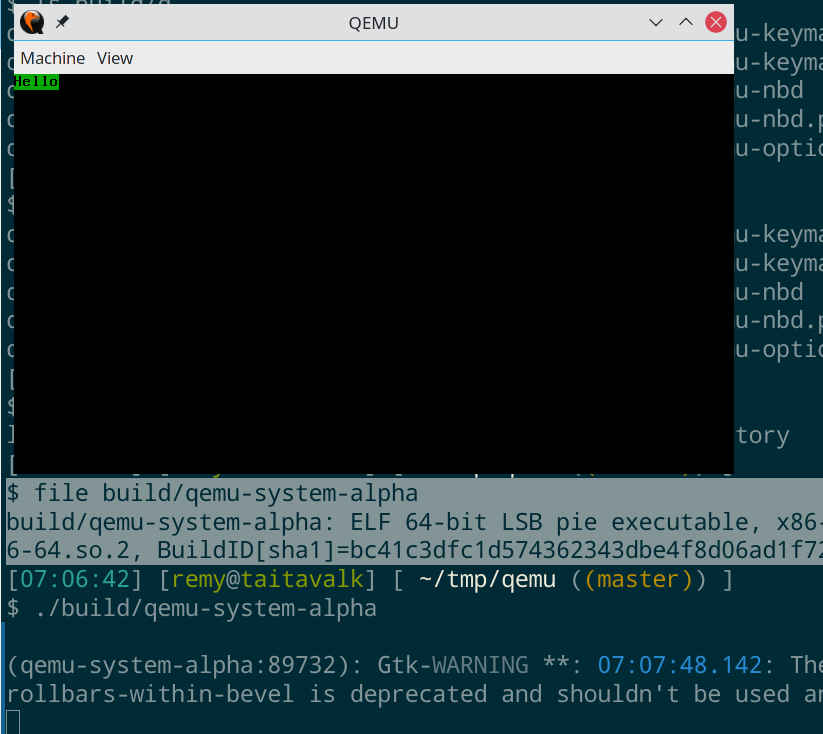

you need to install qemu-kvm and add your username to the kvm group. Version-Release number of selected component (if applicable): Kernel version How reproducible: Install fresh RHEL 8 Steps to Reproduce: 1.yum search qemu-system-x86 Actual results: No matches found. It has support for nearly fifty different machines. QEMU has generally good support for Arm guests. Solving /dev/kvm device permission denied ErrorĪfter enabling KVM, you’ll likely have another error message that says /dev/kvm device permission denied You can use either qemu-system-arm or qemu-system-aarch64 to simulate a 32-bit Arm machine: in general, command lines that work for qemu-system-arm will behave the same when used with qemu-system-aarch64. Next, go to the Security tab and enable Intel Virtualization Technology and Intel VT-d Feature. You need to enable KVM, from the BIOS by pressing F1 key before the system boot.

KVM stands for Kernel-based Virtual Machine and it’s a full virtualization solution for Linux on x86 hardware containing virtualization extensions (Intel VT or AMD-V). An example for configuring binfmtmisc can be found at /trunk/qemu/qemu/qemu-binfmt-conf.sh Ulrich Dangel at 23:00 Qemu static packages dont appear to be in the Arch repositories. In this case, you will need to use an AVD (Android Virtual Device) to create a new device, but sometimes, you’ll encouter problems when creating new virtual devices with the /dev/kvm is not found and /dev/kvm device permission denied error messages. 2 You have to configure binfmt first, have a look at /QemuUserEmulation for a quiet short introduction. QEMU is a fast processor emulator: currently the package supports ARM, CRIS, i386, M68k (ColdFire), MicroBlaze, MIPS, PowerPC, SH4, SPARC and x86-64 emulation. When working with Android SDK and Android Studio to develop mobile apps on your Linux Ubuntu 20.04, you often need to use emulators to test your apps.


 0 kommentar(er)
0 kommentar(er)
